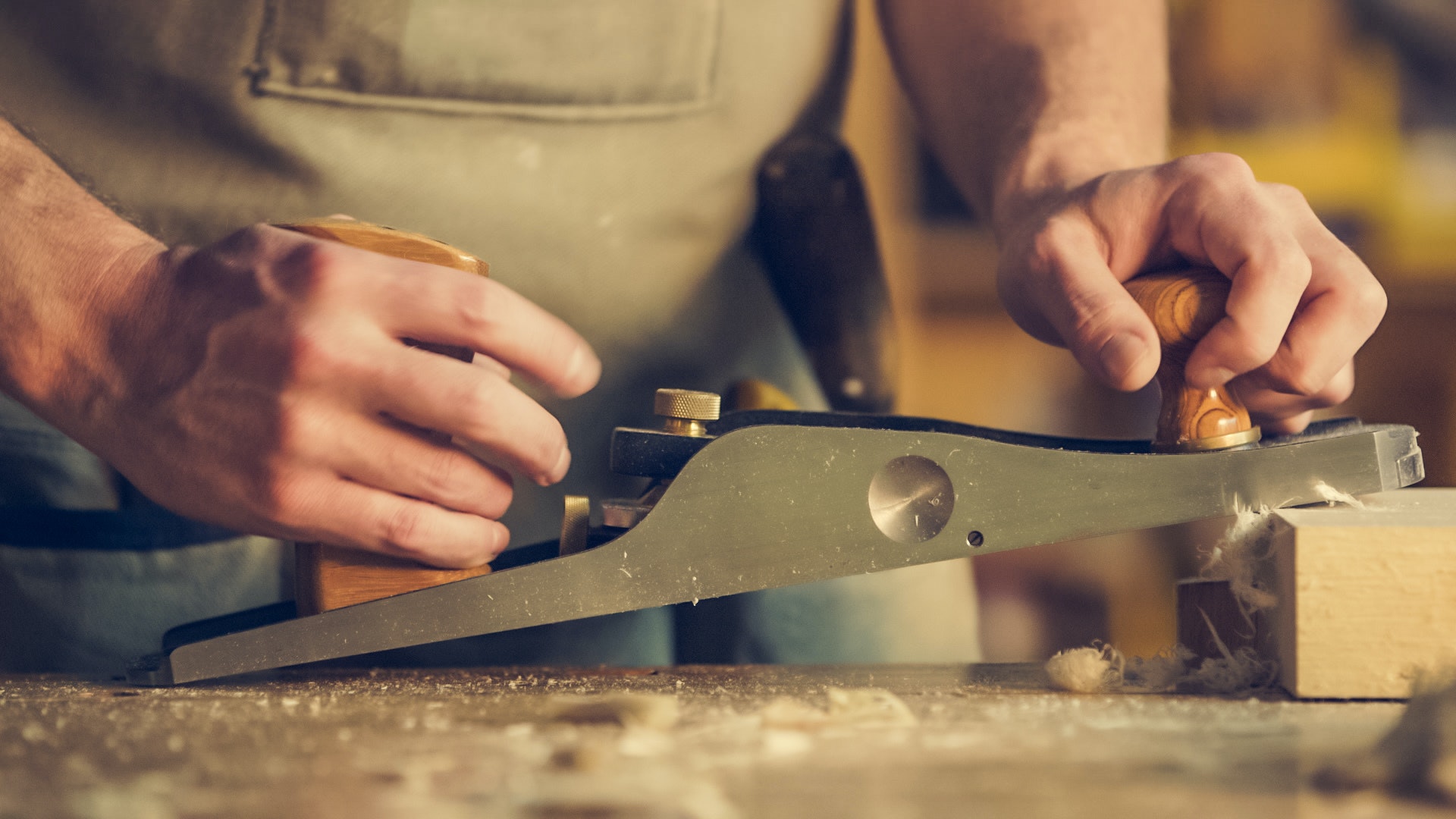Certain types of wood processing are geared on reducing wood for use in the creation of various items. The purpose of wood pulping is to break down and treat the wood so that the cellulose component can be used to make paper products. The same fundamental concept applies to wood processing stages that result in chips and sawdust that are combined with adhesives and various chemicals to form pressboard, which is used to manufacture prefabricated parts, such as plywood used in building. Additionally, the prefabricated wood can be utilized to manufacture pressed wood products such as desks, chairs, and tables.
In some cases, wood processing is used to create robust wood parts, such as planks. To reinforce the natural wood, planking is frequently treated with chemicals to provide a protective covering that helps prevent degradation. Treated timber is frequently utilized in construction projects, as well as in the construction of wood fences and other similar structures.
There are numerous types of wood processing equipment that are used to create items from natural wood. To manufacture the necessary wood product, chippers, saws, hoppers, and a number of other devices are employed. Efforts to reduce waste in sawmills and other types of wood processing facilities have helped to reduce the consumption of fresh wood in order to manage the demand for wood-based products through the years, with many producers finding ways to utilize the sawdust and residue left after processing. There are also facilities dedicated to reclaiming used wood by reprocessing harvested portions into new things such as furniture, cabinetry, and recycled paper items. The capacity to use wood more efficiently has made it simpler to provide time for forests and purposefully built wood gardens to refill between harvests, while also contributing to the reduction of trash that ends up in landfills.

